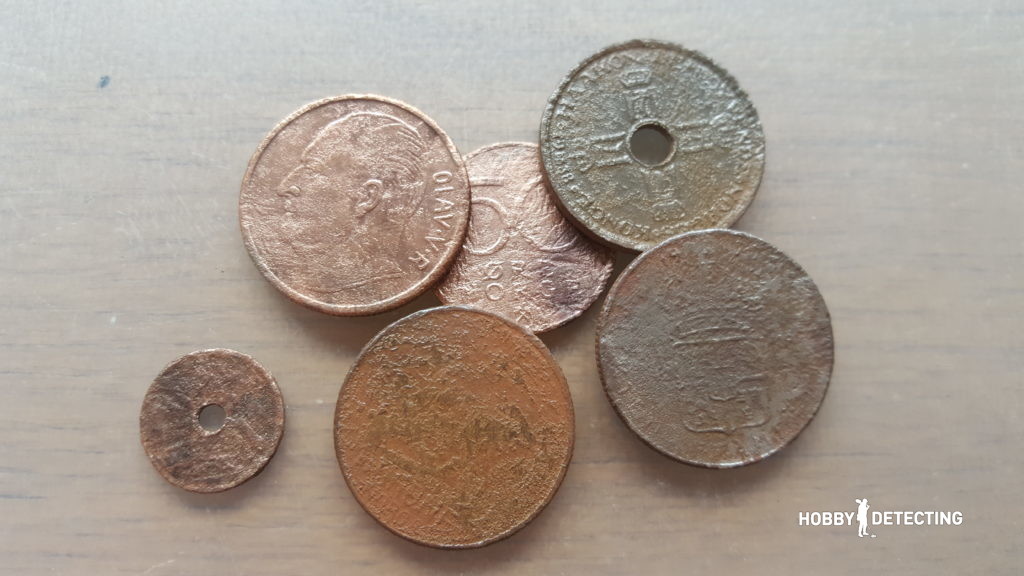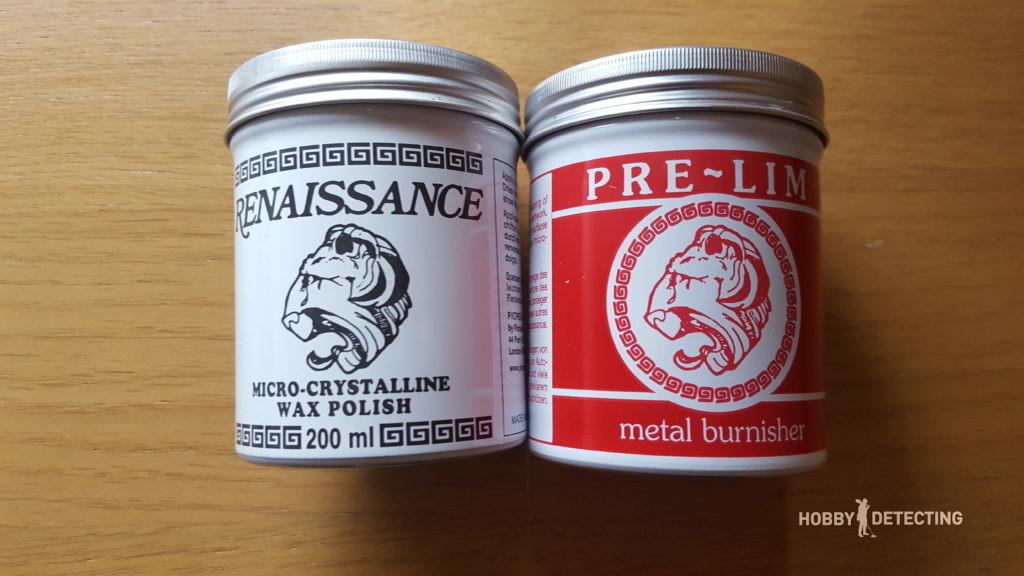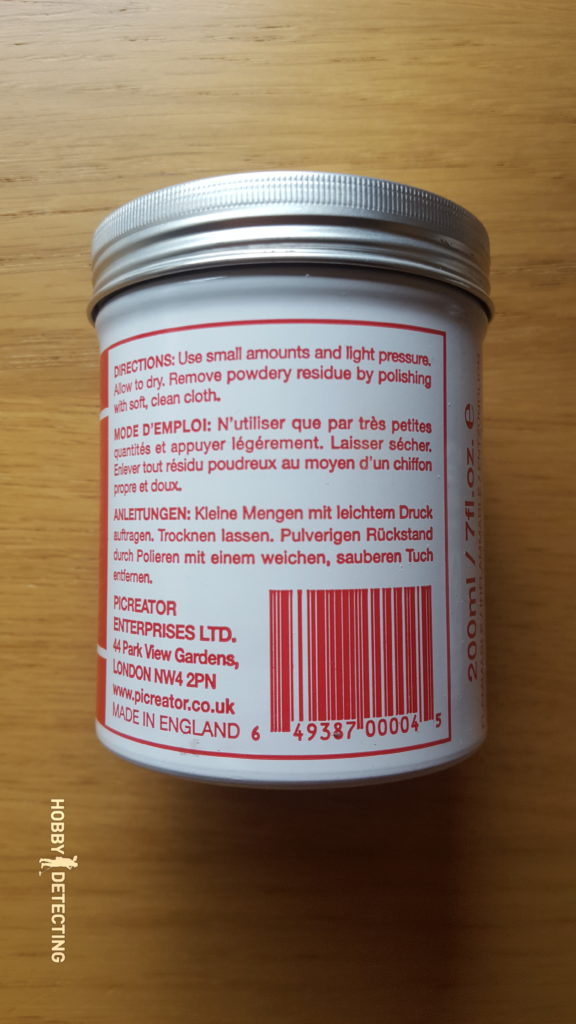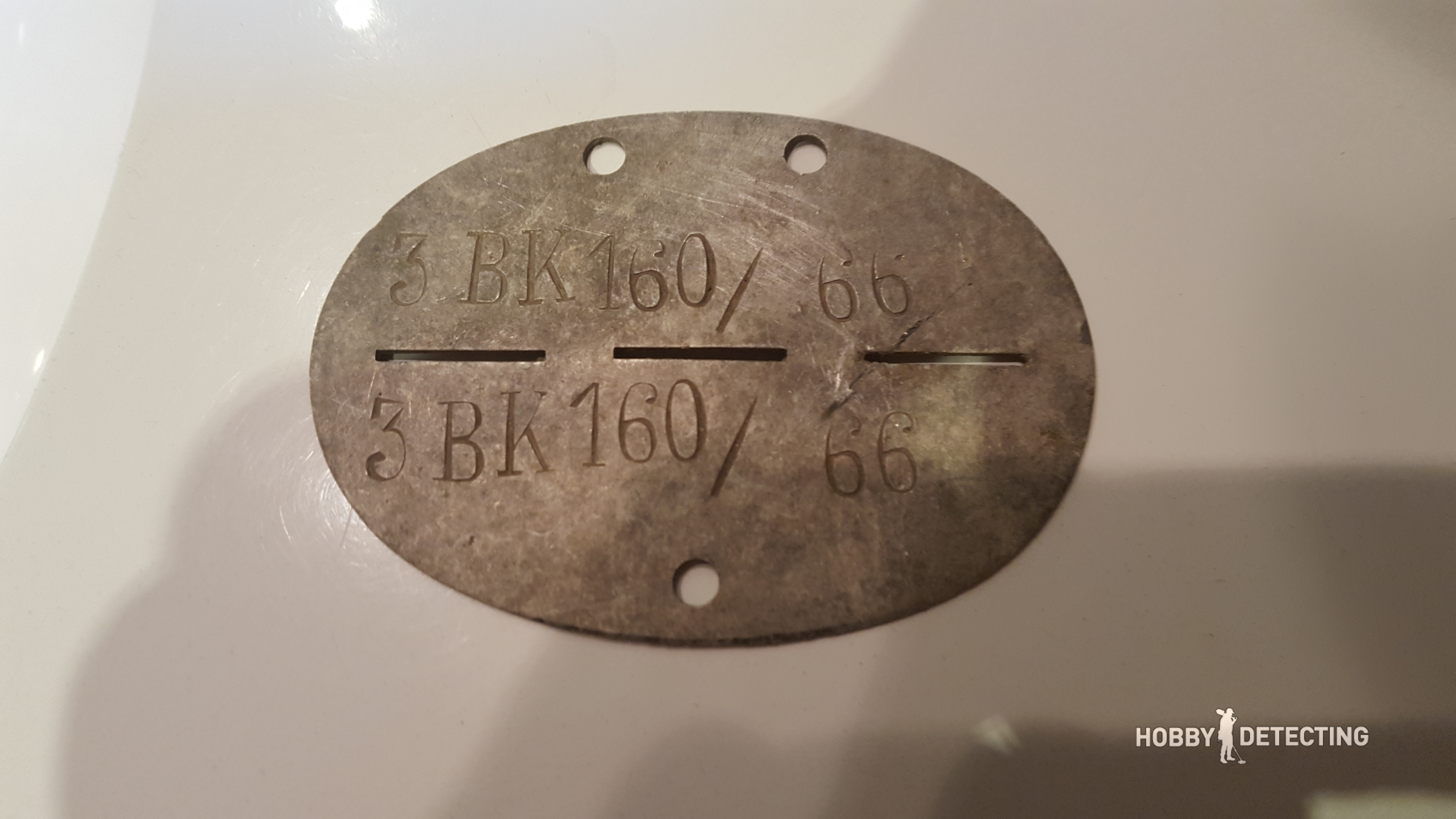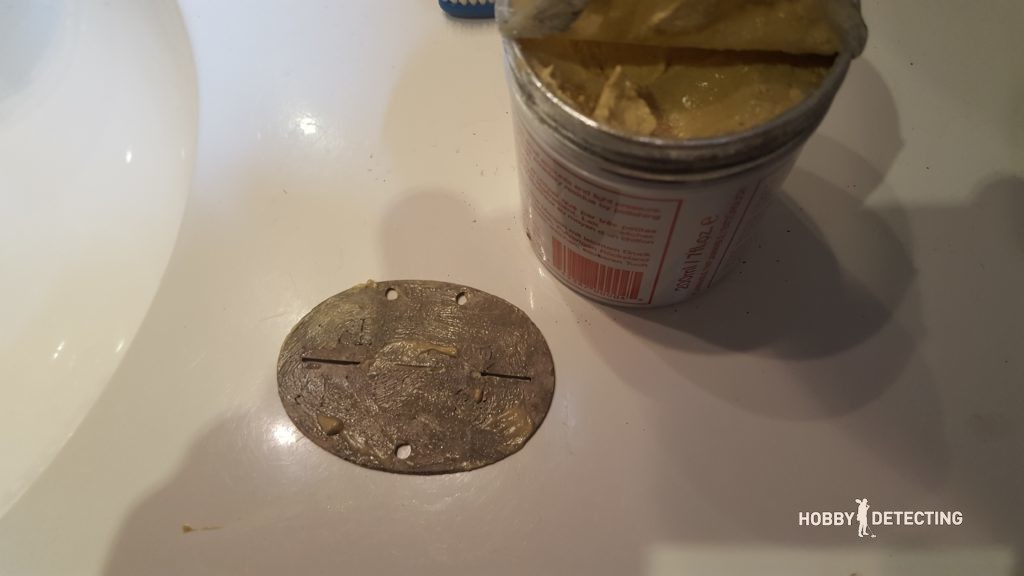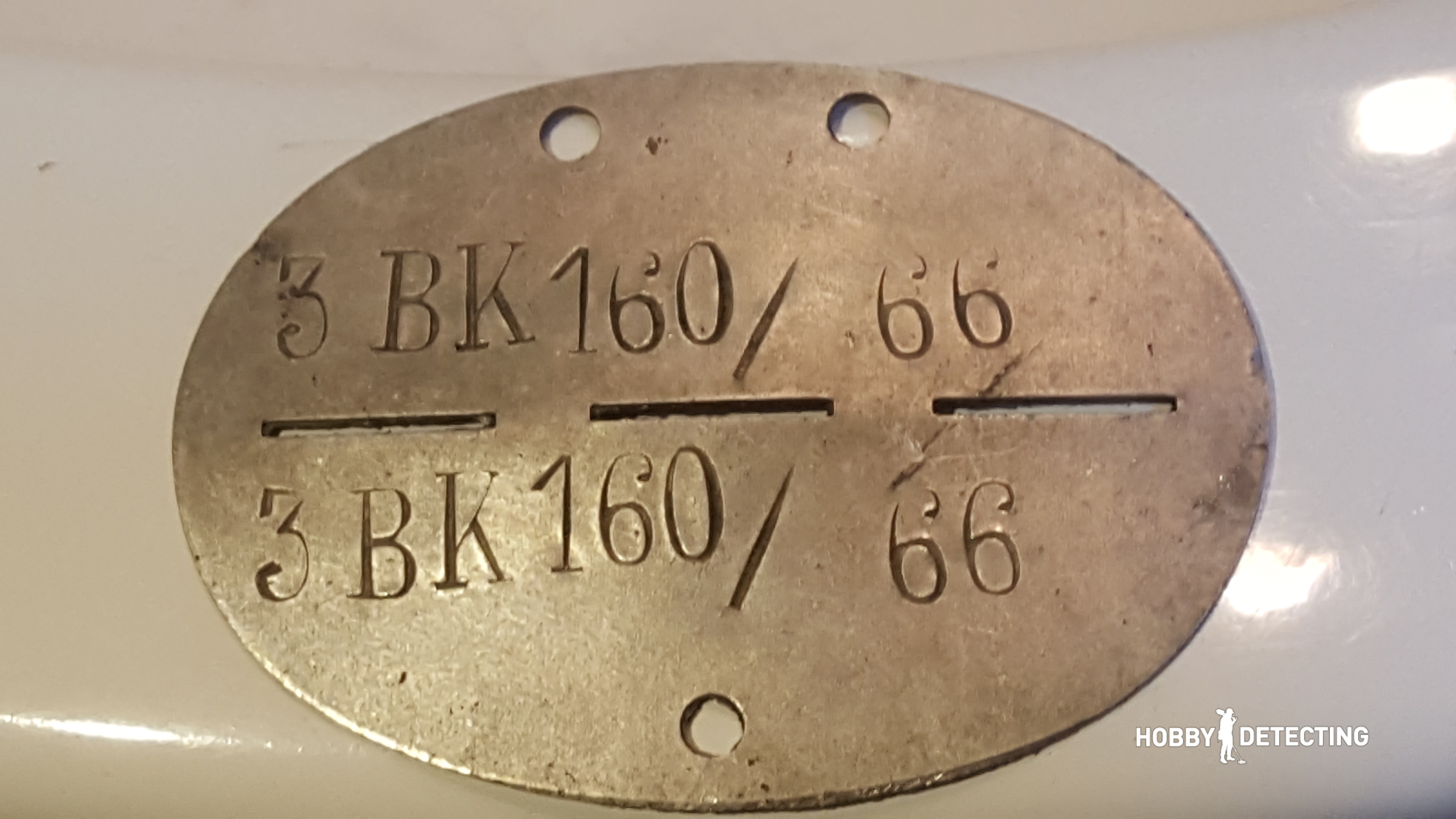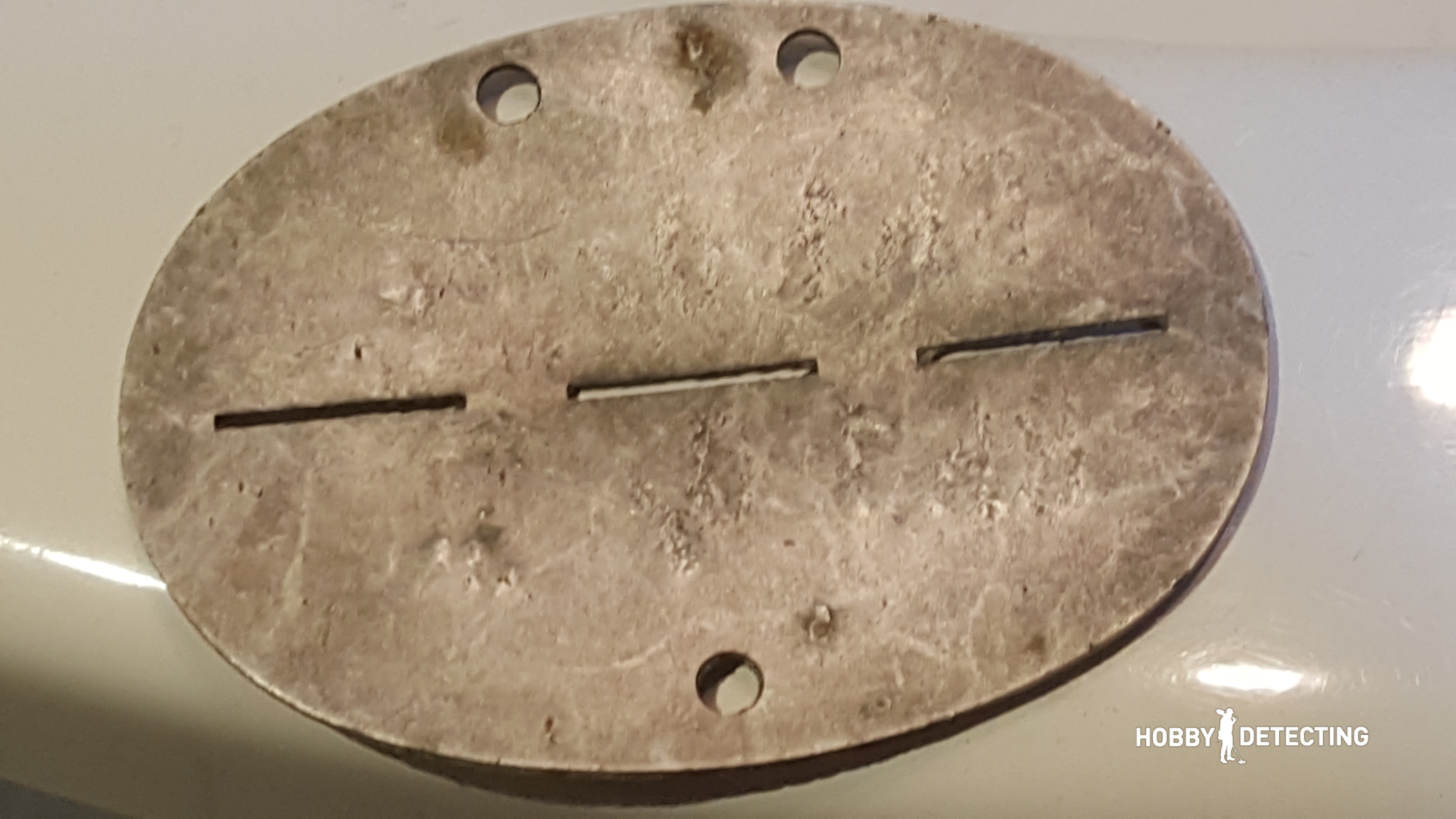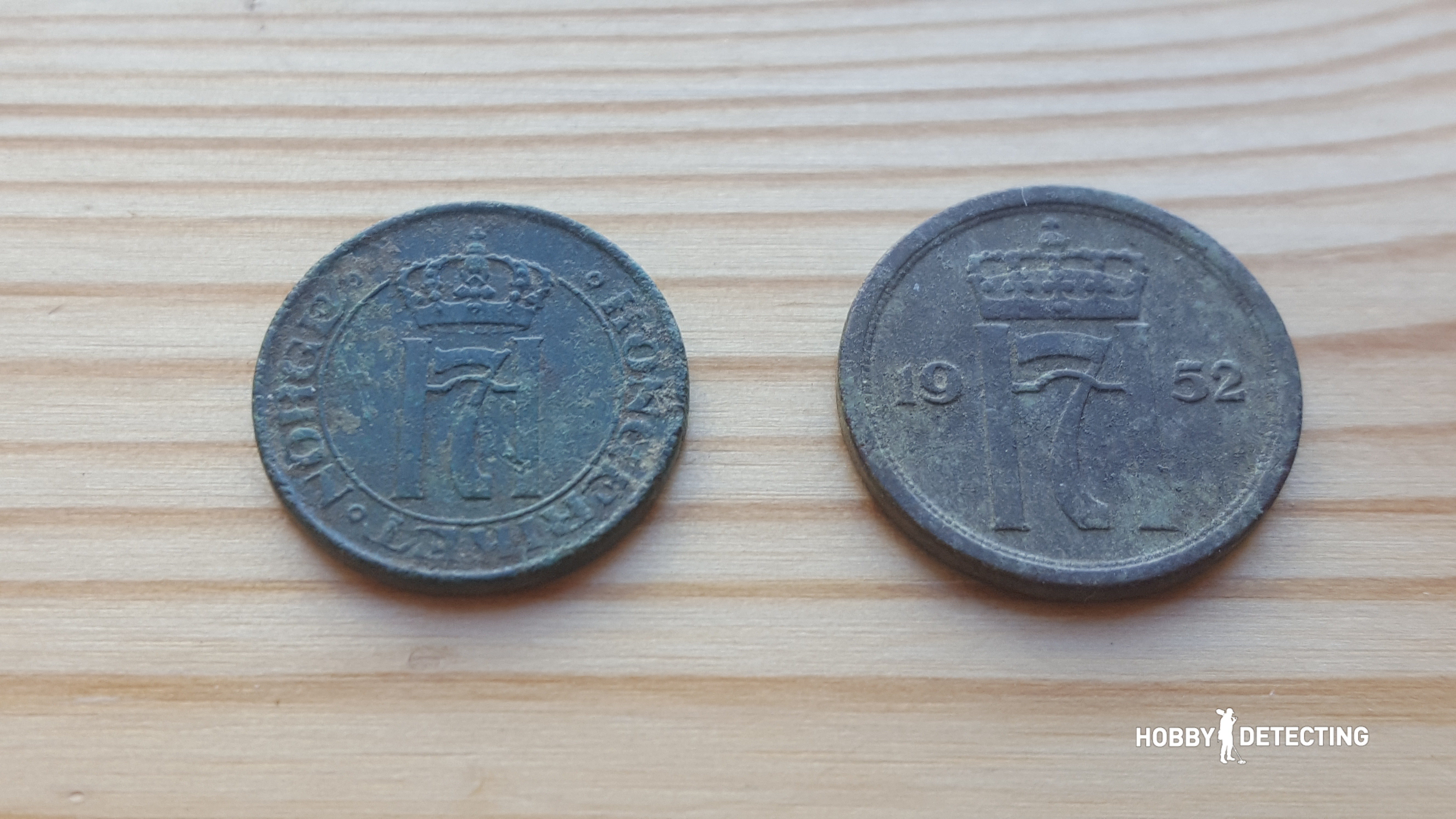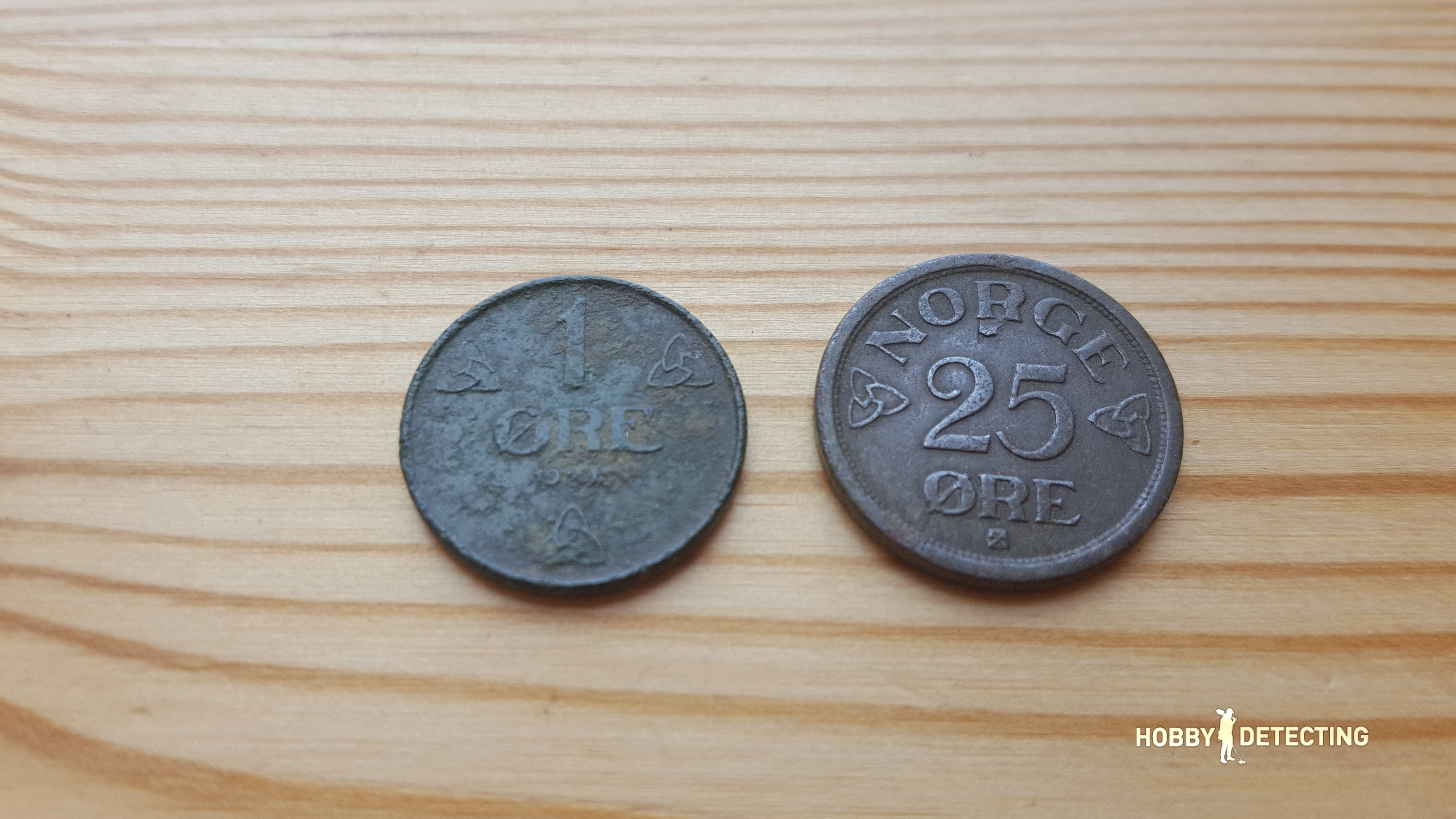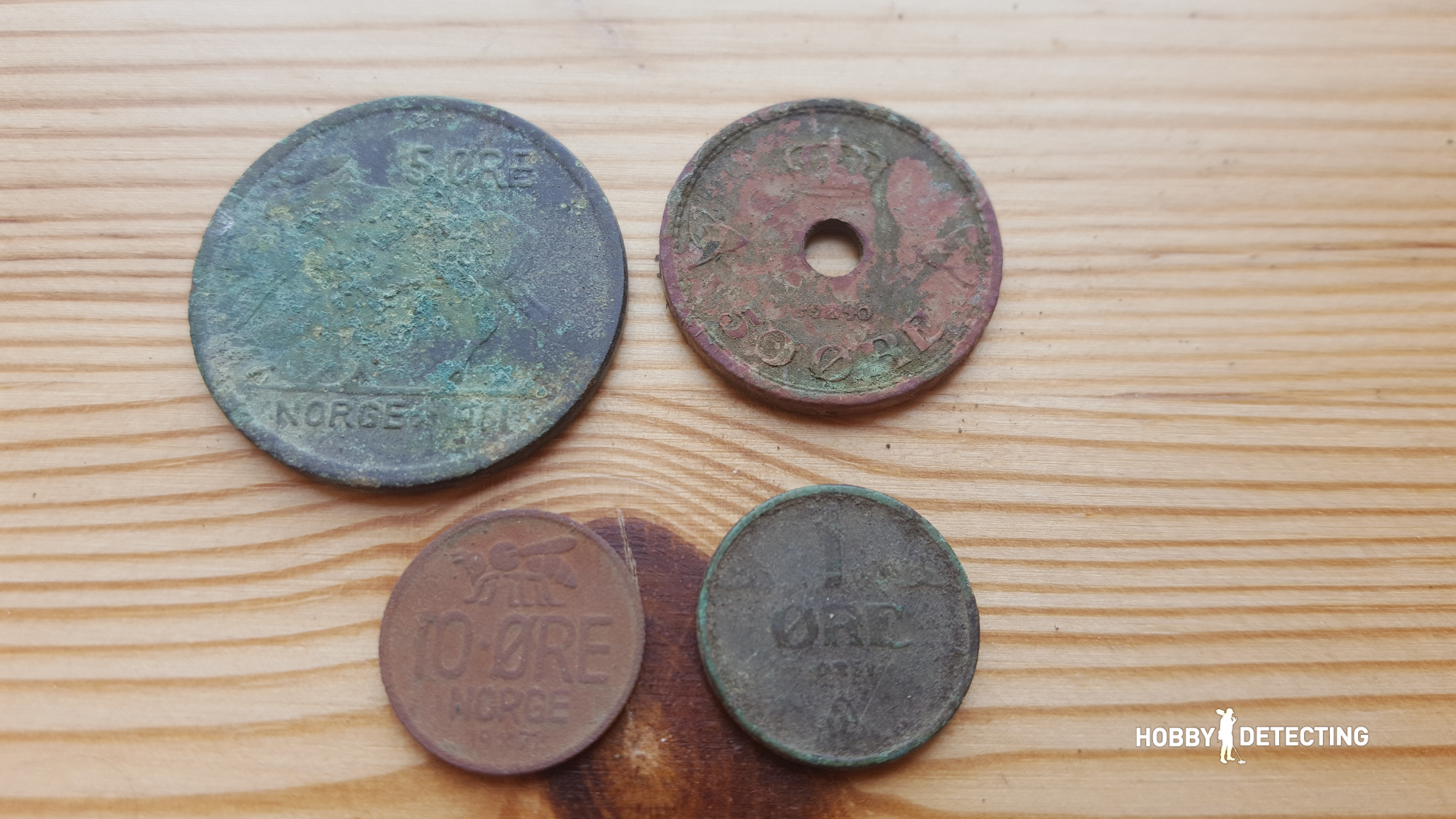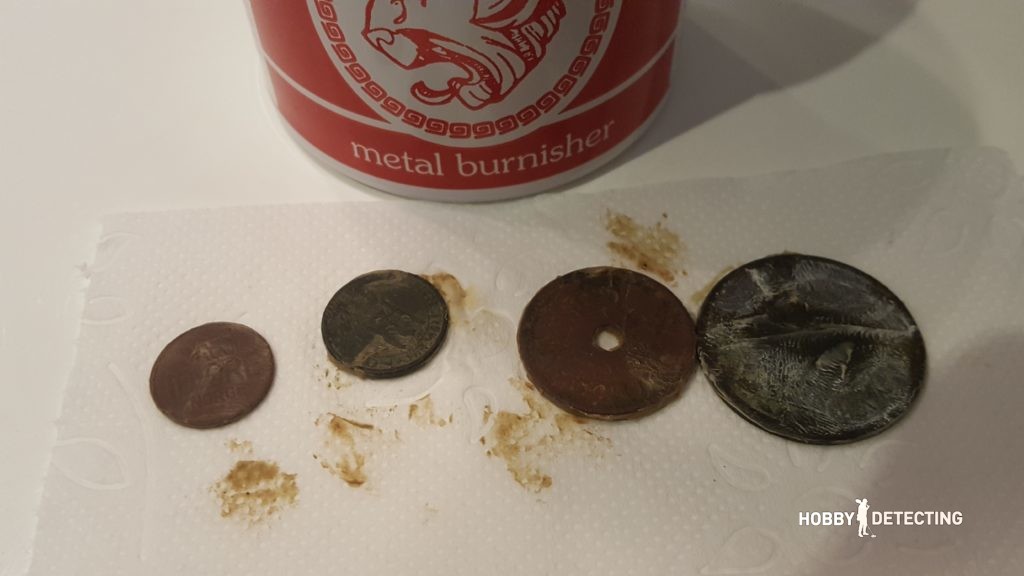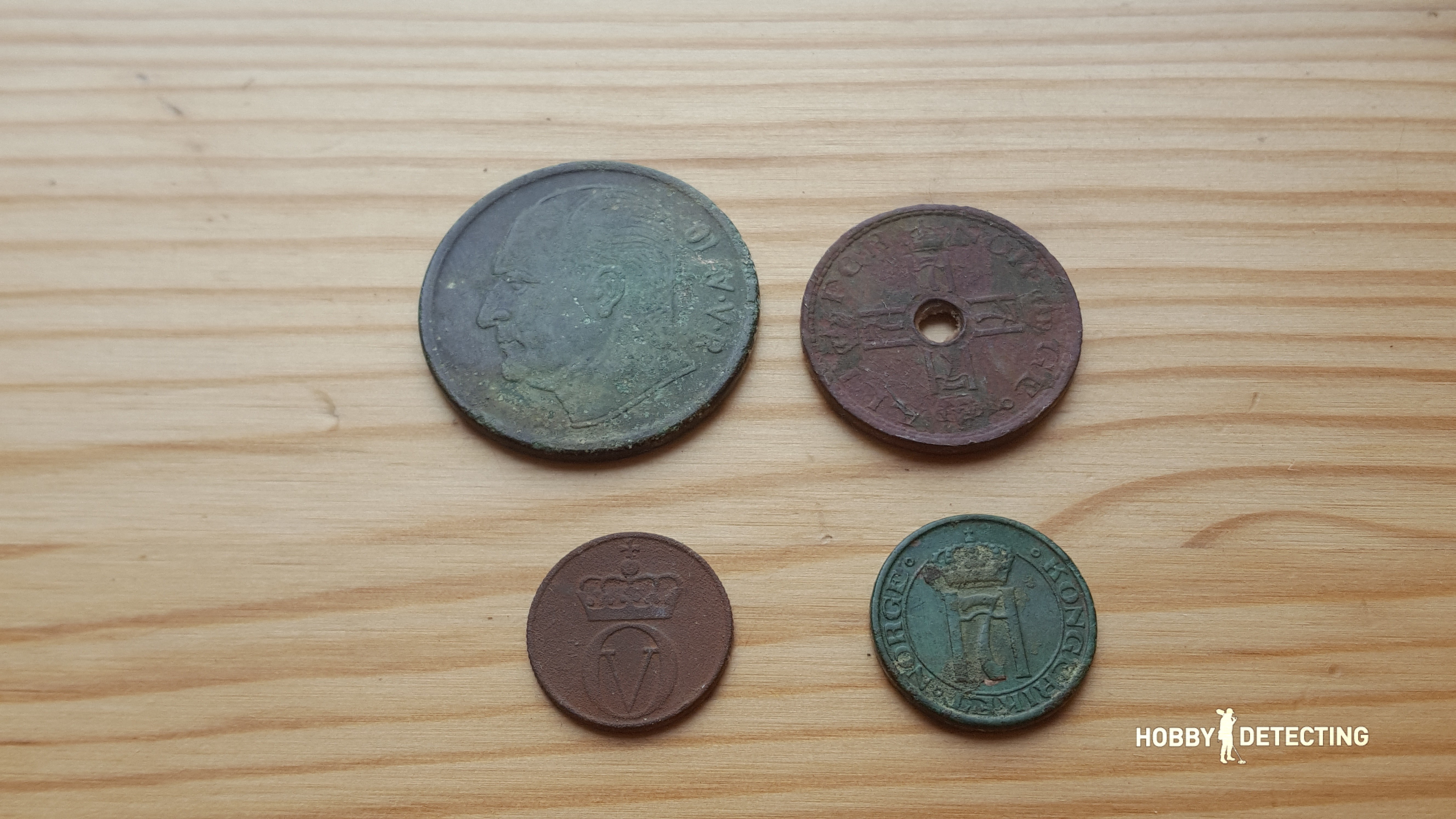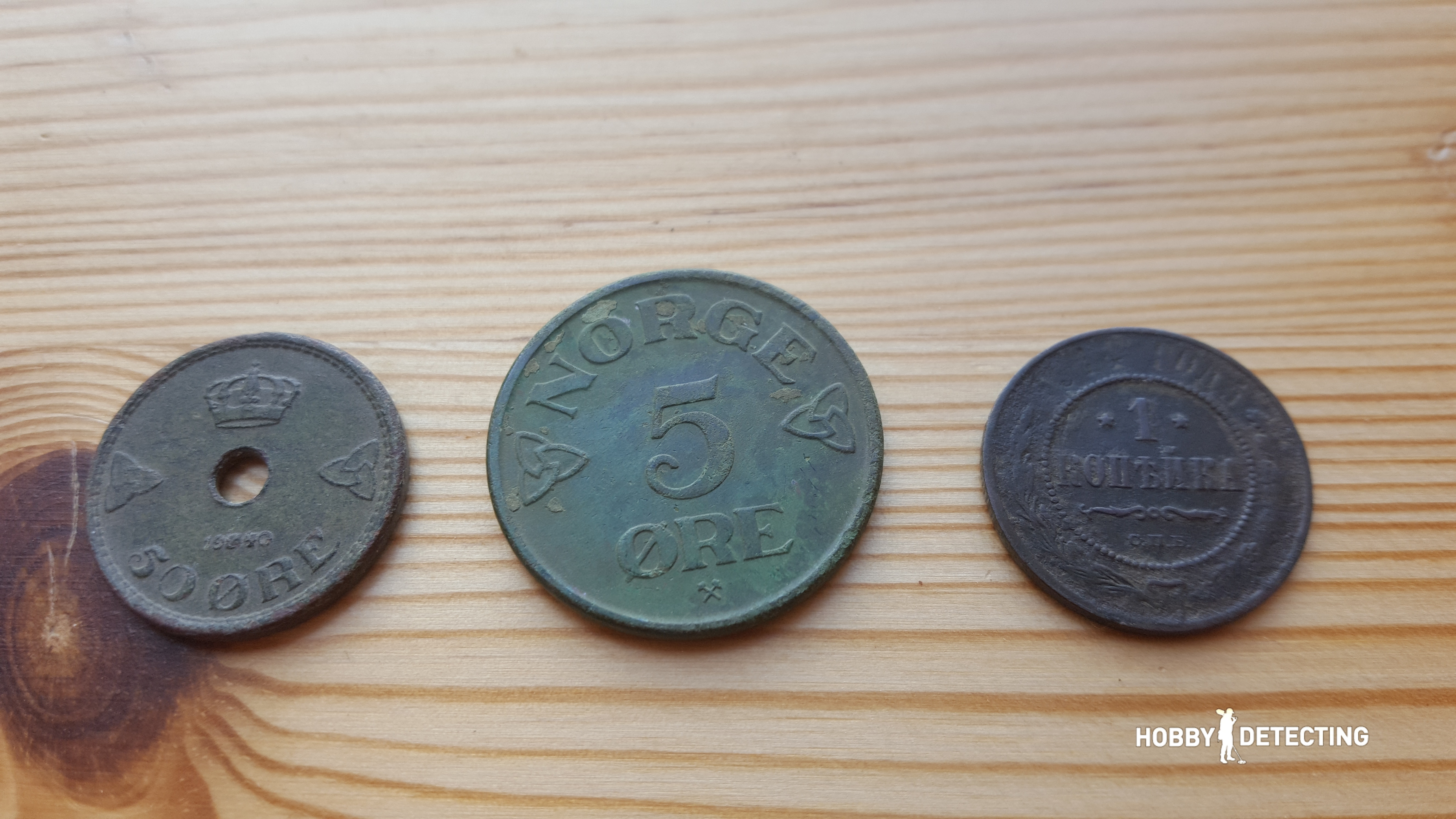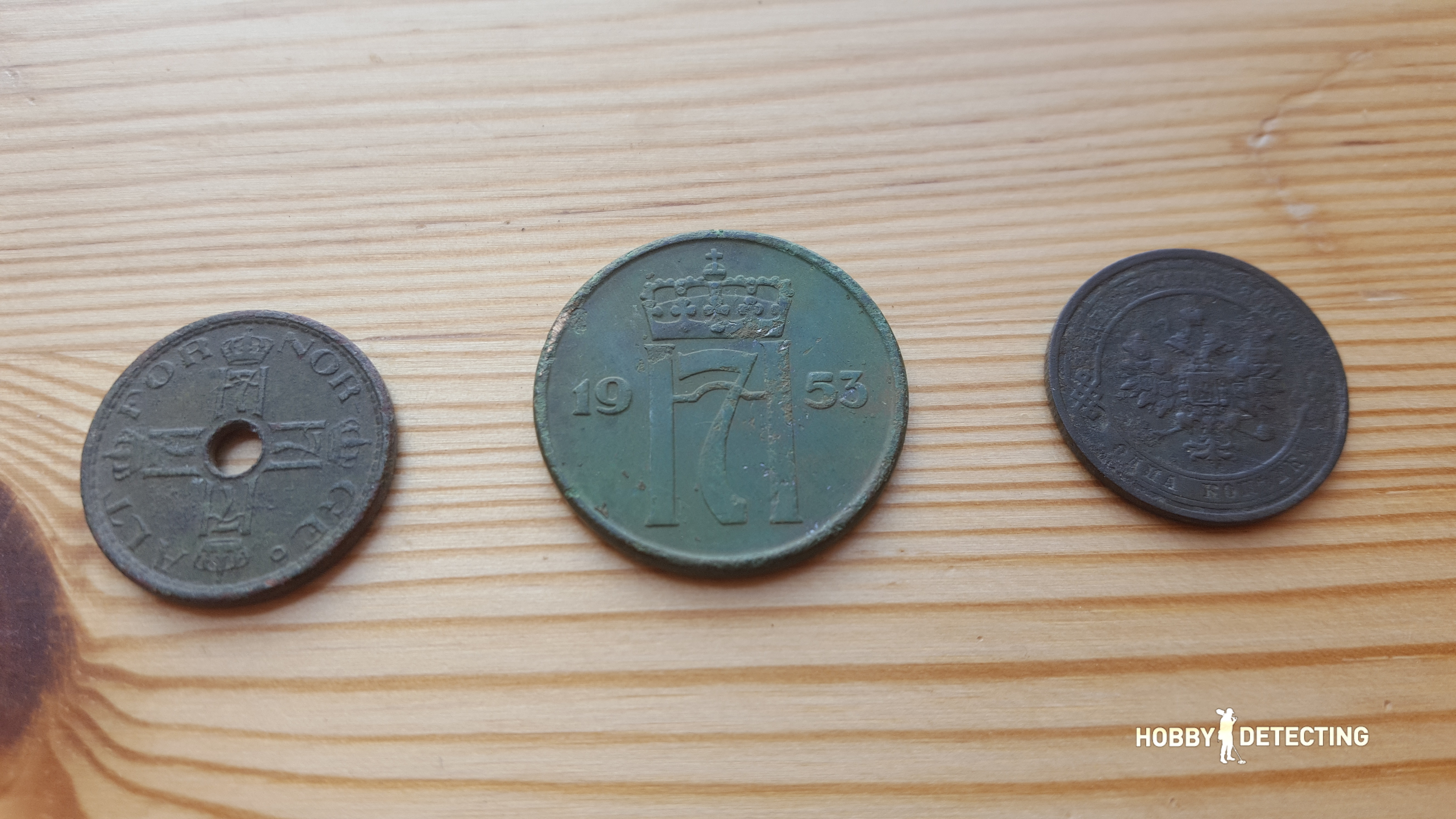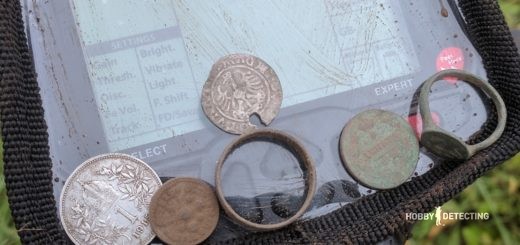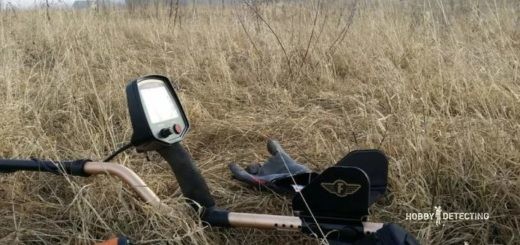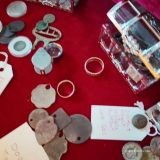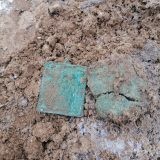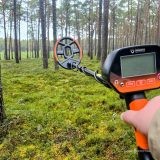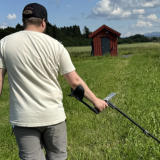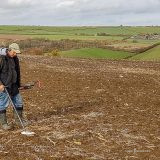How To Properly Clean And Protect Coins And Other Finds (Instructions, Result, Photos+)
Most of the coins, relics, and other things we find with our detectors are often in a very poor state of preservation. Sometimes it even is impossible to for example identify coins and the year of issue. The degree of preservation of the find often depends on the conditions in which it was found. For example, coins and buttons found in the sand, as rule, are well-preserved, and items found in acidic soil can be irretrievably lost. The more fertilized the field is in which the item was found, the worse its condition. So of course, most detectorists want to save what can still be saved, and in this article, I will talk about one of my methods of cleaning coins and other relics. Pay particular attention to the part on the preservation of coins, because improper storage conditions can also spoil the coin.
Before cleaning a coin or another relic, ask yourself the most important question: “Do I really need to clean it?”. A lot of coins will most likely lose their value if you start cleaning them, and you should never try to clean off the green patina than can be found on some coins, because it will definitely ruin the coin and it will lose its value. In most cases, coins are better to not be touched with anything else than water.
- Coins ruined by a steel brush
When I browse through different detecting forums, comments, videos etc., the most common question asked is always the same: “How do I clean my finds?” or “How do I preserve them?”. These are probably the most asked questions by detectorists, and therefore I will try to answer them by telling you about my favorite method so far of cleaning and preserving my finds.
Cleaning finds
At first when I started detecting, I did not know too much about how to clean finds, and that some finds should never be cleaned. Because of this I probably ruined some coins by for example cleaning them with steel brushes and other “horrible” methods. Luckily, I did not have too good finds in the start of my career, so the best thing I ruined was probably a coin from 1876. But now that I know better, I have avoided destroying any more finds, but rather carefully cleaning and preserving them using my favorite method so far:
After reading about how to clean and preserve finds in different forums and comment sections, I decided to buy the “Renaissance Wax Polish” and “Pre-lim Surface Cleaner” to see if they really were as good as some people stated.
At first, I decided to test the “Surface Cleaner” on one of my German WW2 dog tags that I had recently found.
The instructions on the can itself states the following:
“Use small amounts and light pressure. Allow to dry. Remove powdery residue by polishing with soft, clean cloth.”
So I did exactly as the instructions told me to, and here is how it turned out:
Here is how the dog tag looked before the cleaning:
Here is how it looked in mid-process:
And finally, here is my result:
Now I don’t know about you, but for me this certainly looks like an improvement!
After I got this promising result, I decided to try it on two of the coins that I found on my last detecting trip: 25 Øre 1952 and 1 Øre 1913. Previously these coins had only been cleaned with warm water, and here is how they looked prior to cleaning:
Here is how they looked in mid-process:
And here is my result after cleaning them with the surface cleaner:
I really liked the result, so I decided to also try it on these coins:
Here is how they looked during the process:
And here is my result:
Now as you can see the surface cleaner works well, at least in my experience. But what about the wax polish? Let’s find out.
Preserving Finds
The wax polish is used among other things to preserve coins and to “freshen colors” as they say it themselves.
As you can see, the instructions read the following: “Apply sparingly with soft cloth and buff gently. Dries hard instantly. Resists spillage. Does not show fingerprints.”
To test this, I decided to take three coins: 50 Øre 1940, 5 Øre 1953, and the only coin that I have found from the Russian empire so far: 1 Kopek 1914.
I did as the instructions said, and here is my result:
I don’t know how good it shows in the photo, but the colors really look better, and the coin has got kind of a glance. Now my coins look better, are well protected and will not corrode anymore!
Summary
I really like the result of both the products, and I am happy that I bought them, and on most finds the result was beyond my expectation. What I like most about the surface cleaner is that it leaves absolutely no scratches, and what I like most about the wax polish is the shiny result, and the fact that it is fully reversible; Just take a cloth with some white spirit on it, wipe the coin and the wax is gone!
I personally was satisfied with my result, and I do not regret buying it. What do you think about it? Have you other methods of cleaning your finds? Tell us in the comment section below!

